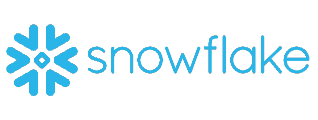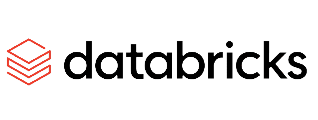Unlock progress with analytics and AI-powered certainty
End-to-end solutions that open up a breadth of possibilities for your business.
See how we deliver value at scale SCROLL

Problem-solving is not just about finding answers, but also about asking more questions until we know what will determine success and how to get there. Our focus is on helping you drive the right course of action, dispel ambiguity, and move ahead with confidence by bringing the best of AI and analytics together.

An attribute intrinsic to the exceptional teams at Tiger Analytics, this helps us unravel complexity and solve some of the toughest problems out there. An ownership mindset in all we do, a future-focused approach to solving problems, bringing the breadth and depth of expertise, and daring to experiment with unconventional methods to ultimately deliver value.
OPERATIONALIZE INSIGHTS
Experience Consulting
Application Engineering
Business Intelligence
ML Ops

Every industry has its specific challenges, and there are no playbooks for many pressing ones. Balancing best practices and fundamental grounds-up thinking is needed to solve these.
Start building now
Tiger’s easy-to-assemble accelerators and foundations, akin to Lego blocks, help speed up your AI development. As your AI and Analytics strategy evolves, our ready-to-deploy open-box solutions, will help power your growth story ensuring scalability and underscored by quality.





